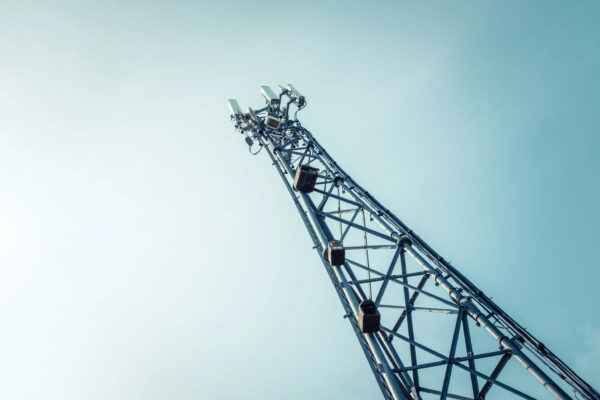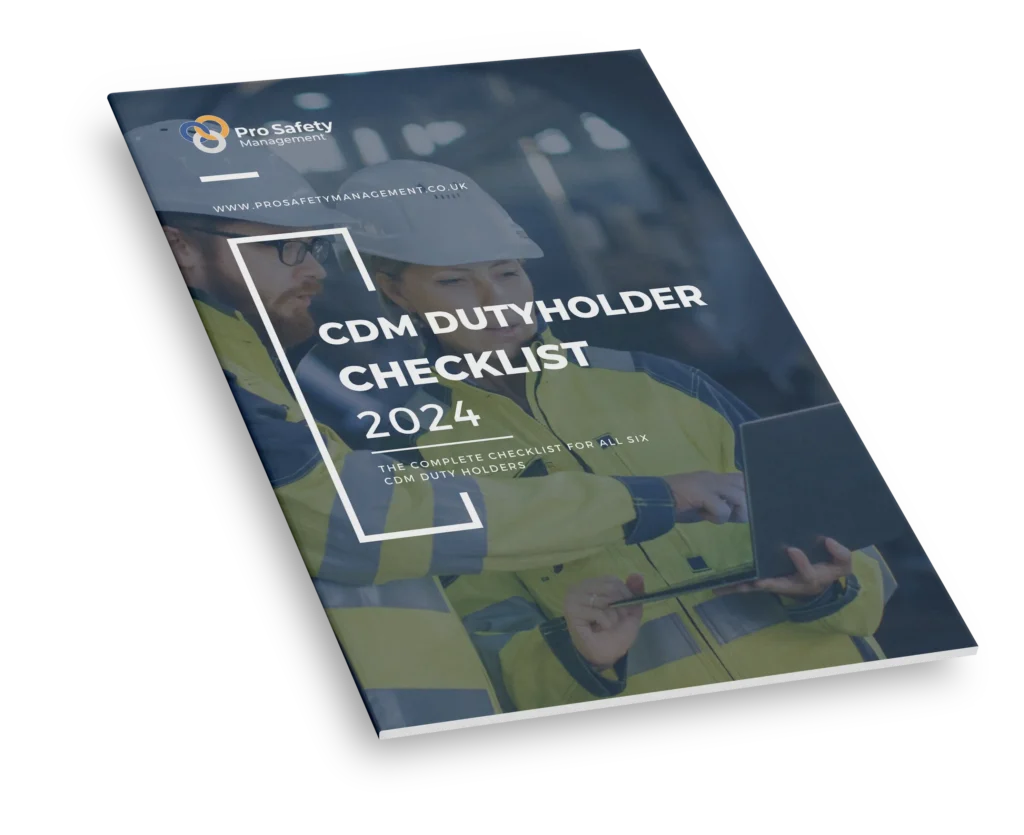How often should risk assessments be reviewed?
As a business owner, manager, or supervisor, you know the importance of keeping up to date, and health and safety is no exception. To make sure you and your employees stay safe and protected, and compliant with the law, you need to carry out and review risk assessments as a part of your regular working practice.
Risk assessments are not a one-time deal, but there are no officially set guidelines as to when and how often a risk assessment should be carried out. But, how often should risk assessments be reviewed?
This post will outline when and why you should review your risk assessment process:
Reasons to review your risk assessment:
It’s good to keep on top of things, and risk assessment should be a routine part of your working practice. It’s important to remember also that risk assessments need to be carried out on certain occasions and specific situations. Being proactive and responsive to change will help you to prevent avoidable harm.
There are various reasons to review your risk assessment:
1) Scheduled Annual Review:
Since it’s not always easy to know when the right time to conduct a risk assessment is, most businesses will update everything on a time schedule. If you are audited by a representative of the HSE they will expect your records to be up-to-date. The rule of thumb is that you should schedule a risk assessment for at least once a year. This way, you know when it has to be done, when it was last carried out, and when it will be updated. Make sure it’s in your work calendar, so you don’t forget.
2) Changes in legislation:
You want to stay compliant with the law, which means that you have to respond to any changes in legislation. New regulations can be introduced with the new tax year on April 1, or on October 1, and may reflect new research and technology, changes in work practices, and even the global political situation. Keep an eye open for updates, and review your risk assessment if the law changes.
3) Change in task:
Your workplace is dynamic and constantly evolving, and you need to be aware of how changes to your site, equipment, and working practices affect the health and safety of the people you work with. According to the HSE, you will need to conduct a new risk assessment whenever there are “new machines, substances, and procedures, which could lead to new hazards.” This includes conducting risk assessments for installation, as well as use and regular safety controls of new equipment, machinery, and tasks.
4) Improvements:
You want to make sure that any improvements or health and safety controls are actually working to reduce risk, so you may need to conduct a follow-up risk assessment to review any improvements that have been introduced since the last risk assessment. This review will most likely be specific to a particular control.
5) Accidents and near misses:
Sometimes accidents (or near misses) happen, and if you do find yourself in this situation, it’s important to ensure you’re taking the time to stop a similar event from ever taking place. The HSE has a document dedicated to investigating accidents and near misses. This process includes reviewing those risk assessments to check that you have the most up to date controls in place.
6) Reports and complaints:
Nobody’s perfect, and neither are risk assessments! Sometimes a hazard or risk can be overlooked in a risk assessment, that somebody else (an employee, a co-worker, or member of the public, perhaps) will notice and bring to your attention. When that happens, you may need to respond to the issue with a fresh risk assessment. Make sure you keep the lines of communication open, and encourage people to offer feedback and report on issues that may affect the health and safety of your workplace.
7) Staff Problems:
Health and safety is about physical and psychosocial wellbeing, and some hazards can have an affect on people’s attendance, attitudes, and behaviour at work. High staff turnover, sickness, absenteeism, and complaints of stress or bullying could be indicators that something in your workplace is affecting people’s health and safety. If you notice things like this, you should try to identify the risk factor through an assessment.
8) Individual Staff Members:
As a compassionate employer or supervisor, you know that some individuals need special consideration from time to time. For example, if an employee is pregnant or breastfeeding or returning to work after a long-term sickness, or if you have visitors from outside your business coming into your workplace, you’ll need to carry out a risk assessment to ensure you’re preventing any hazards and accidents from taking place.
If you monitor your workplace for the above factors as a matter of routine, you will know when to review your risk assessment process. Don’t forget to act on your findings, implement any necessary improvements, and review again!
Now you know when it’s necessary to review risk assessments. It’s all about keeping things up-to-date and responding to changes, so that you can provide the most effective and relevant health and safety provisions for your working environment. If you incorporate risk assessment reviews into your standard working processes, you are unlikely to get caught out when it comes to health and safety.
So, now you know how often risk assessments should be reviewed. How regularly do you update yours? Leave a comment below and get in touch if you need any specific advice from our expert health and safety consultants.
Comment (1)
Comments are closed.







SAM SHIELDS
October 20, 2020Missing information of when you don’t need to review.
New head of department
New Form